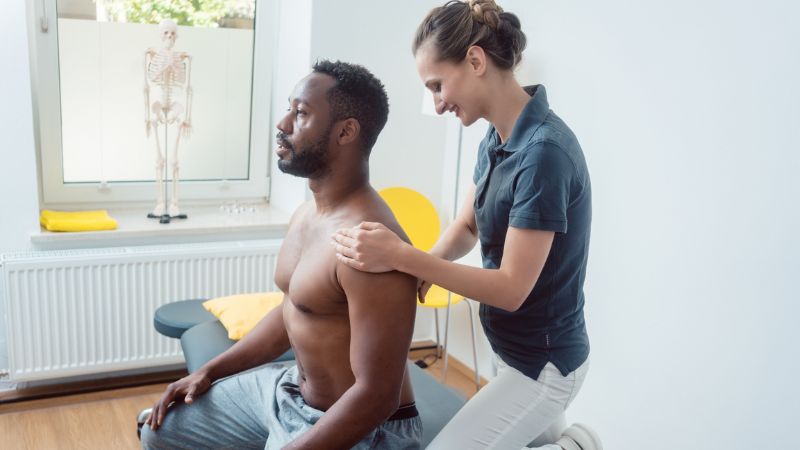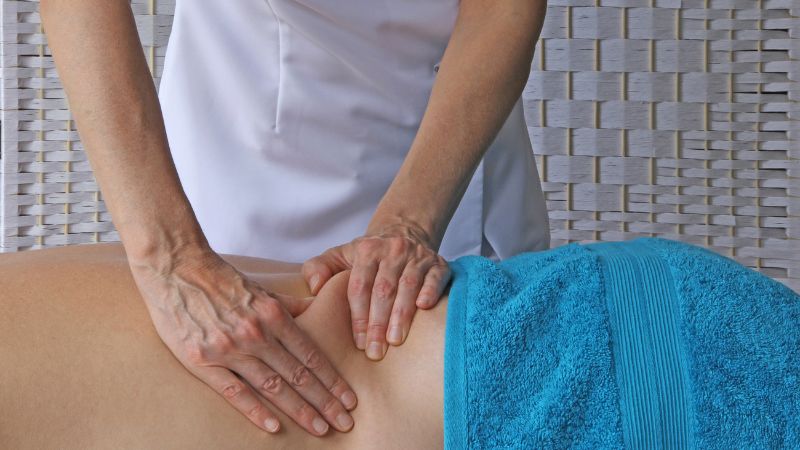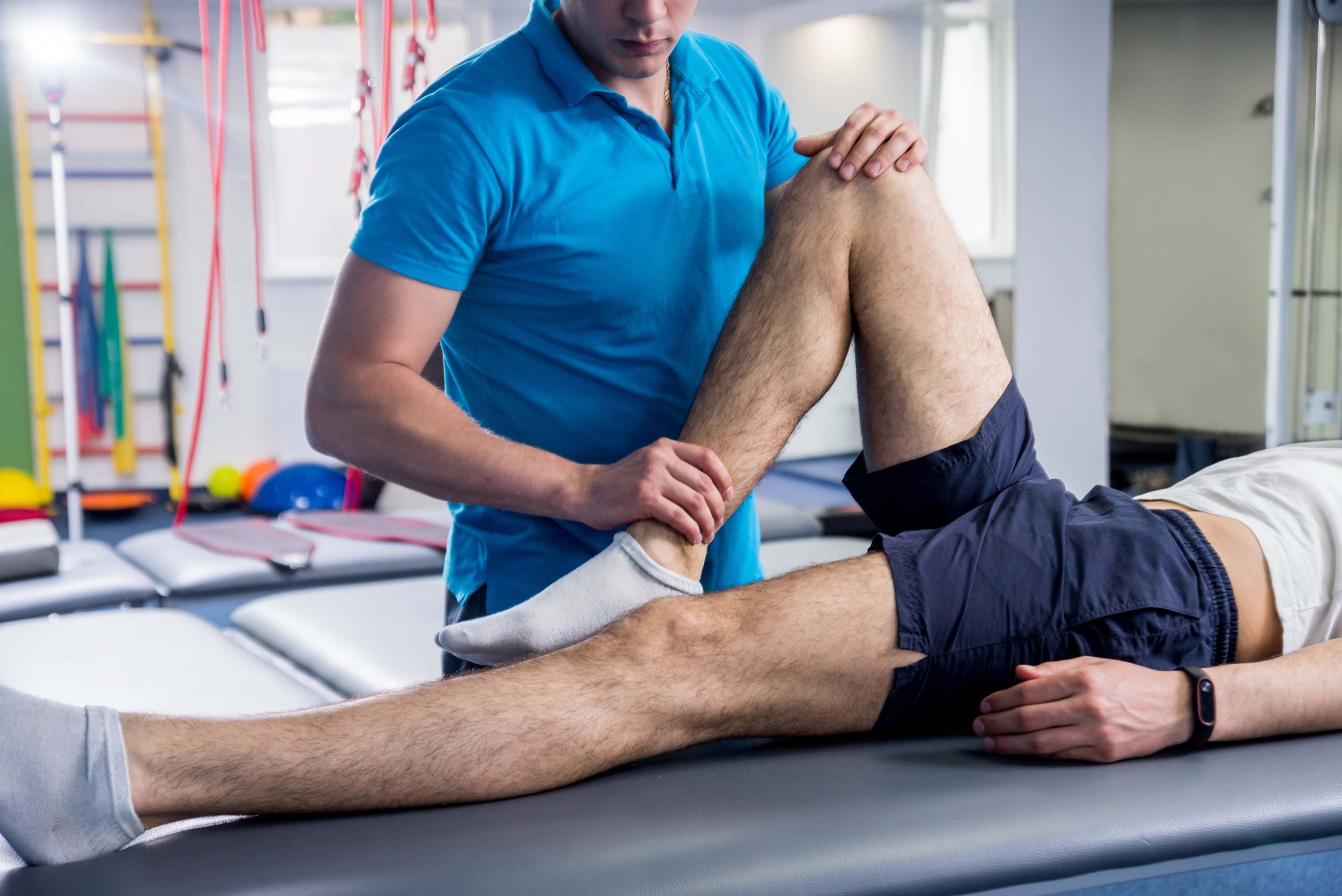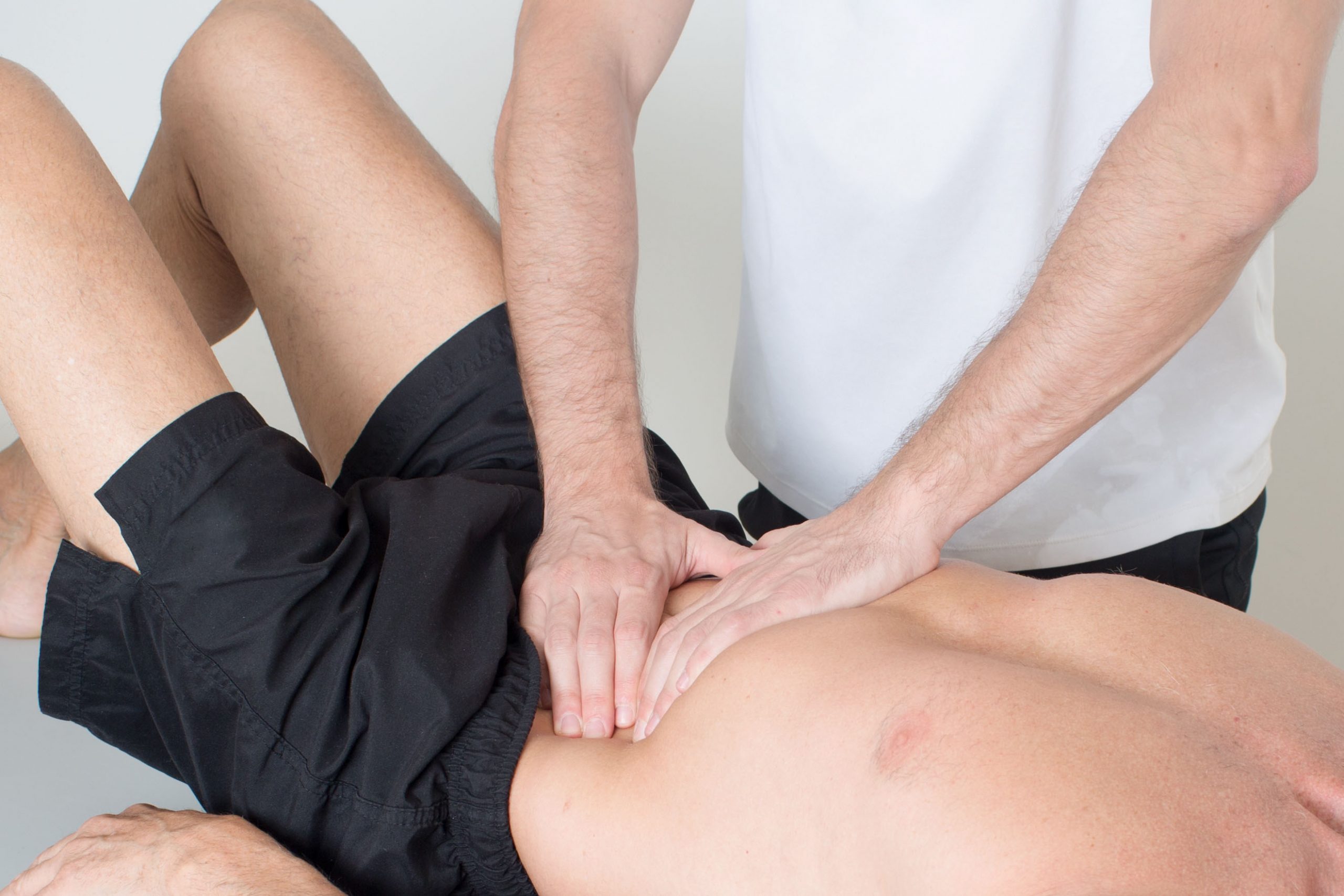Manual Osteopathy
Positively impacts the nervous, circulatory, & lymphatic systems, to improve body function & overall health
Manual osteopathic therapy is a specialized form of hands-on healthcare focusing on treating the body as a whole, considering the interconnectedness of the entire body’s systems. Therapist treats the client’s body as a whole to help balance the body and release restrictions so that the body can heal on its own. The therapist examines the client’s entire body using their expert knowledge of anatomy, physiology, and biomechanics to assess and treat a variety of musculoskeletal conditions, including back pain, joint stiffness, and postural imbalances. It realigns tissue in a gentle, noninvasive way in order to reverse the body of the stresses which are the original cause of pain. A treatment usually involves active movement from the client, with gentle stretching and positioning from the therapist. By addressing the root cause of dysfunction rather than simply alleviating symptoms, manual osteopathic therapy promotes overall well-being and enhances the body’s natural healing processes. What separates this treatment from similar professions is that the body is treated as a whole unit, a complete structure, rather than isolating the problem to one joint or muscle.
Manual Osteopathic Therapy can provide relief and treatment for a wide range of conditions.
These include:
• Chronic/unresolved pain
• Arthritis
• Foot, ankle, hip, and knee pain
• Upper and lower back pain, neck pain, and sciatica
• Hand, shoulder, and elbow pain
• Headaches, migraines, concussion
• Tennis and golfer’s elbow, carpal tunnel and repetitive use injuries
• Postural problems due to pregnancy, sports injury, driving or work strain
• Digestive issues, urinary, respiratory or menstrual pain • sports injury treatment
• Pre and post pregnancy aches and pains
• Spinal decompression
• Insomnia, sleep disturbance or energy issues
• Whiplash
• Jaw dysfunction
There are many ways that the Manual Osteopathic Therapist can help clients. There are various approaches and techniques, depending on what the clients is experience, and what the therapist can do to help, based on their assessment. During the assessment, the therapist will test the client’s range of motion in their body, particularly in the areas where they are experiencing pain. Often this includes neuromuscular testing, particularly in the client’s limbs. They will assess how the client is moving, how their muscles feel and move, and check the client’s body for problems that may occur due to compensation. For example, if a client sprained their right ankle, they may have compensatory pain in the left knee and hip from the stress and strain of limping.
Once the assessment is done, the manual osteopathic therapist will put together a treatment plan for the client. They will outline how often the patient should get treatment in the first month, what types of treatments they will use, and at the end of the session, let the client know what stretches and exercises will be beneficial, and how often they should be engaging in them.

Visceral Manipulation
One of the most common treatment or technique that a manual osteopathic therapist will use is called visceral manipulation. Visceral refers to organs and viscera of the body, such as uterus, stomach, pancreas, intestines, liver, spleen, kidneys and the bladder. While some patients might experience pain or discomfort in these areas, that is not always the case. For some, the therapist will notice that the organs or viscera may be less pliable than they ought to be. Therapists will gently, through the skin and clothes of the patient, move the viscera and organs, as well as the fascia (the surrounding connective tissue) to place the organs in their proper location, and restore full range of motion. One of the most common questions clients will have is if this is painful or uncomfortable. The good news is that clients will only feel gentle pressure of the therapists hand, despite the osteopathic corrections being strong enough to impact the organs and viscera, allowing the blood to flow more freely, and helping the organ function properly once again.

Osteoarticular Treatment
Another complaint that clients have upon arrival at their first manual osteopathic therapy treatment is that they have muscle spasms, or join pain. The goal of osteoarticular treatment is to ease neurological problems around a client’s joints, making them more mobile and pliable, reducing pain or discomfort and restoring more motion. Again, a common question is if this treatment is uncomfortable or painful, and again there’s good news. Most people find that it is far more comfortable with joint manipulations they may experience from another type of practitioner.

Craniosacral Treatment
This is a very popular technique with many clients during their manual osteopathic therapy session. Intensive training is required to learn this gentle, yet effective treatment. It is used to provide relief from headaches, neck pain and even side effects of cancer treatment to name a few things. Light touch is used to investigate various bodily membranes and the movement of bodily fluids around the central nervous system, including the skull, spine and sacrum. Relieving tension here, increases the flow of fluids throughout the body, and helps minimize or eliminate pain. Your therapist will discuss CranioSacral treatment with you if they feel it will help you, and discuss whether you are a good candidate for the treatment.

Advanced Fascial Release
The fascia is a thin membrane of connective tissue, enclosing, separating and stabilizing our internal organs and muscles. There are several layers are fascia, made primarily of collagen and fibrous connective tissue. An important function of this connective tissue is to reduce muscular force friction, however, injuries as well as the strain of a body out of alignment will cause the fascia to become strained, out of alignment or even inflamed, causing problems in the body. For example, a broken left ankle can cause a patient to favor one leg, and pull the fascia out of alignment. The advanced fascial release technique performed by the manual osteopathic therapist will include gentle manipulations of the body to align the fascia in it’s correct place. Most people are very familiar with a common occurrence of fascia being out of alignment in the body. Planter’s fasciitis is when the fascia bunches up on the bottom of a person’s foot or feet. They may experience relief when massaging the foot, and advanced fascial release is an extension of this, but on any affected area of the patients body.



